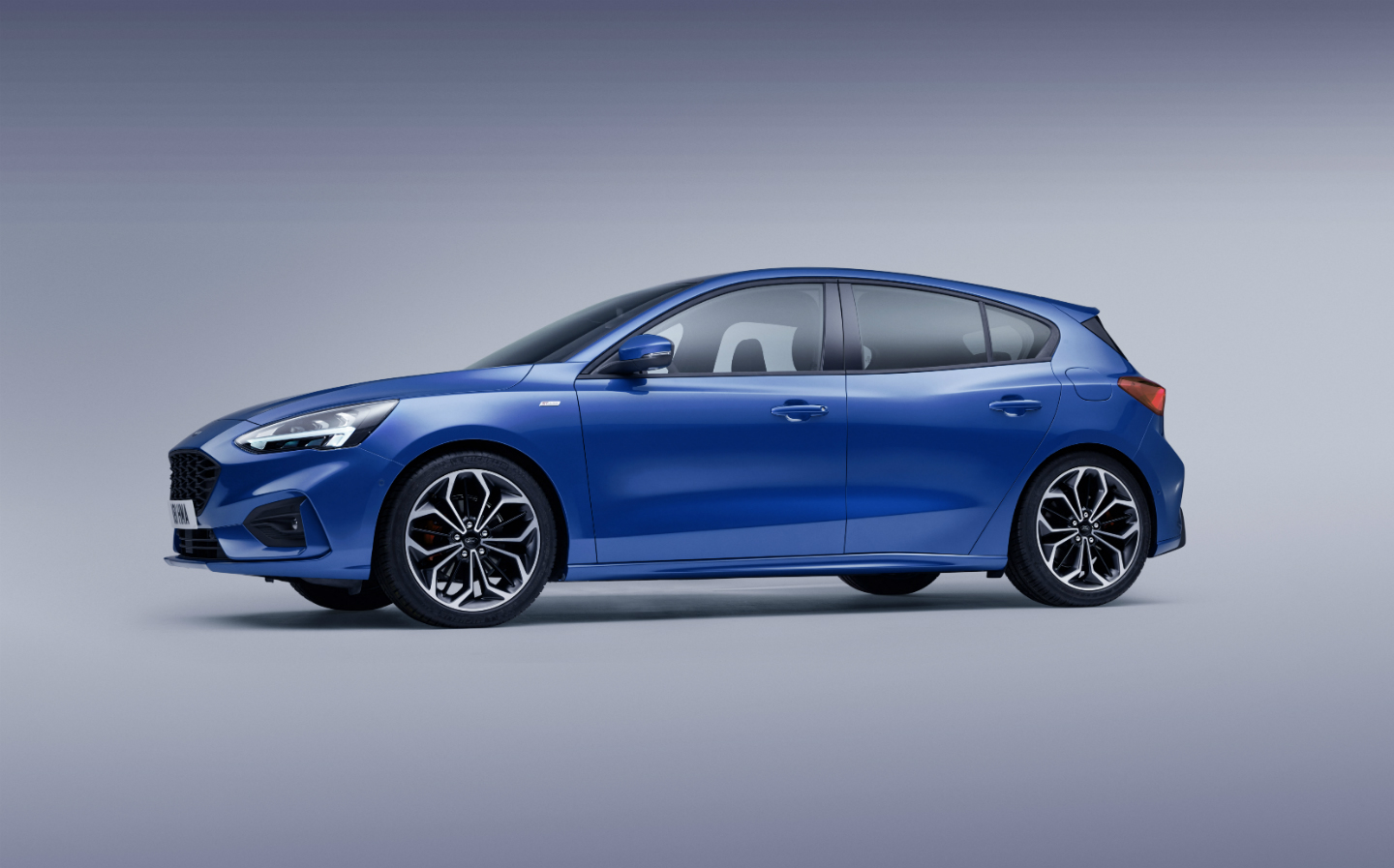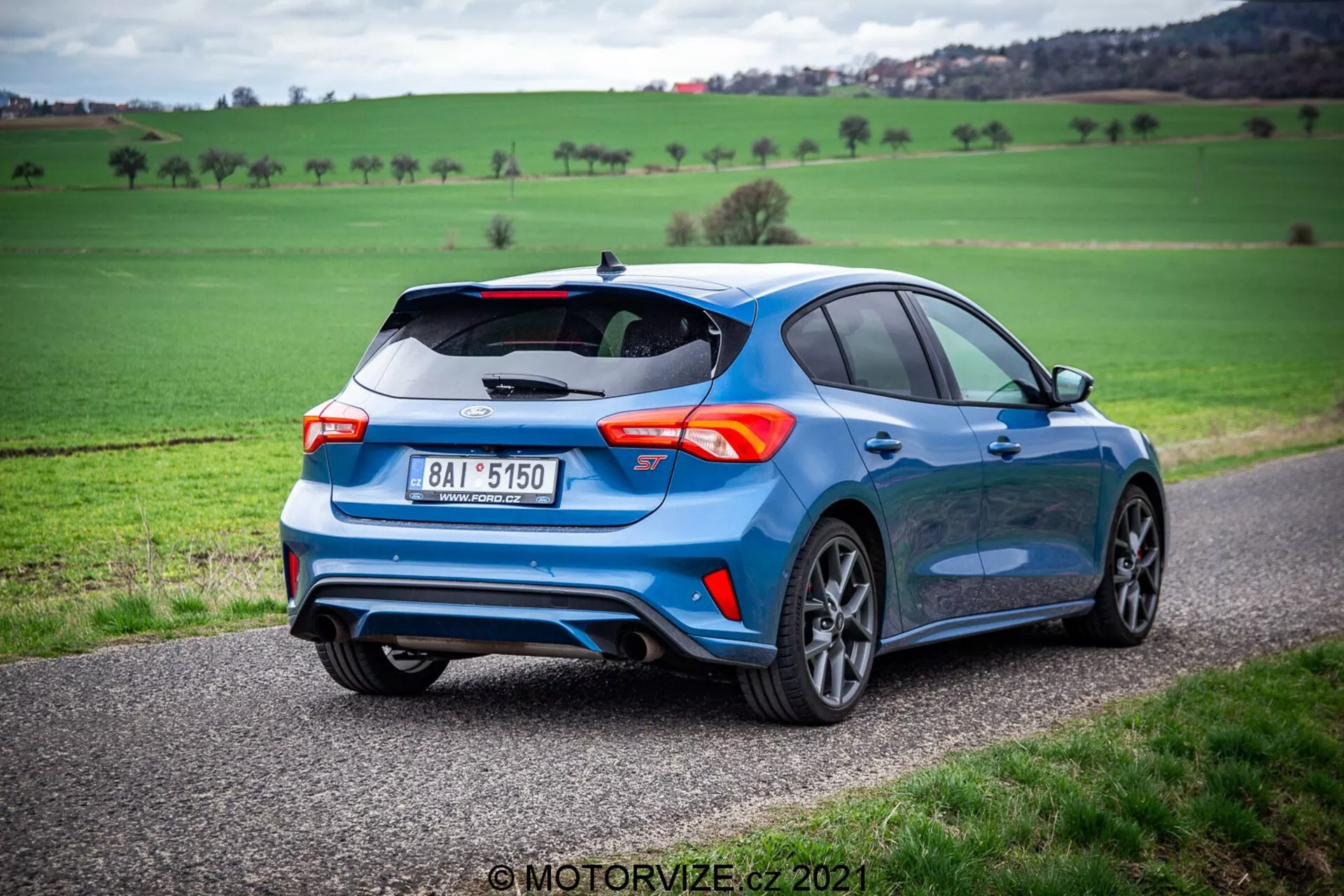The Ford Focus Technical Specifications You Need to Know: A Deep Dive
The Ford Focus, a global automotive staple, carved its name into the compact car market with a blend of practicality, performance, and affordability. Understanding its technical specifications is key whether you’re considering purchasing a used model, maintaining your current Focus, or simply curious about the engineering behind this popular vehicle. This article provides a comprehensive overview of the Ford Focus’s key technical details, helping you navigate the nuances of this iconic car.
Engine Options: Powering the Ford Focus
The Ford Focus offered a variety of engine options across its different generations, catering to diverse driving preferences and fuel economy needs. Here’s a breakdown of some common engine choices:
- Gasoline Engines:
- Duratec/EcoBoost Engines: These engines were prevalent, offering a range of displacement and power outputs. Common examples include:
- 1.0L EcoBoost (often turbocharged, excellent fuel economy)
- 1.5L EcoBoost (turbocharged, balanced performance and efficiency)
- 2.0L Duratec/EcoBoost (offered in various configurations, from standard to sport)
- 2.3L EcoBoost (found in the Focus ST and RS models, delivering significant horsepower)
- Base Engines: Earlier models sometimes featured less powerful, naturally aspirated engines, typically 1.6L or 1.8L inline-four engines.
- Duratec/EcoBoost Engines: These engines were prevalent, offering a range of displacement and power outputs. Common examples include:
- Diesel Engines:
- TDCi Engines: Ford offered diesel options, particularly in European markets, known for their fuel efficiency. Common diesel options included 1.5L and 2.0L TDCi engines.
Key Considerations for Engine Selection:
- Fuel Efficiency: EcoBoost engines and diesel options generally provide better fuel economy.
- Performance: ST and RS models, with their turbocharged engines, deliver significantly more power and a sportier driving experience.
- Maintenance: Engine-specific maintenance requirements vary. Consult your owner’s manual for details.
Transmission Choices: Shifting Gears in Your Focus
The Ford Focus offered a range of transmission options, impacting driving dynamics and fuel efficiency.
- Manual Transmissions:
- 5-speed and 6-speed manual transmissions were common, providing drivers with more control and often contributing to better fuel economy.
- Automatic Transmissions:
- Traditional Automatic: Older models used traditional automatic transmissions.
- Powershift Dual-Clutch Transmission (DCT): This transmission type was offered in some models. While it offered quick gear changes, it was also known for potential reliability issues in some early models.
- Automatic with Torque Converter: More recent models have used conventional automatic transmissions.
Suspension and Handling: Navigating the Road
The Ford Focus was generally praised for its handling characteristics. Key aspects of its suspension include:
- Front Suspension: Typically featured MacPherson strut front suspension, providing a balance of ride comfort and handling.
- Rear Suspension: Varied across generations. Some models used a torsion beam, while others, particularly sportier models, employed a multi-link independent rear suspension for improved handling.
- Steering: Electric power-assisted steering (EPAS) was common, offering precise steering feel and contributing to fuel efficiency.
Dimensions and Weight: Understanding the Physical Footprint
Understanding the dimensions of your Ford Focus is crucial for parking, maneuvering, and assessing cargo capacity.
- Length: Varies slightly depending on the model year and body style (sedan, hatchback). Generally falls within the compact car category.
- Width: Similar to other compact cars, providing a comfortable interior space.
- Height: Depends on the model, with hatchbacks usually being slightly taller than sedans.
- Wheelbase: Impacts the interior space and ride quality.
- Weight: Varies significantly based on engine, transmission, and trim level. Typically ranges from approximately 2,800 to 3,300 pounds.
Fuel Economy: Maximizing Your Miles
Fuel economy figures vary significantly based on the engine, transmission, and model year. Consult the EPA (Environmental Protection Agency) website or your vehicle’s owner’s manual for specific figures.
- EcoBoost Engines: Generally offer excellent fuel economy, particularly the 1.0L and 1.5L options.
- Diesel Engines: Known for their high fuel efficiency.
- Older Models: Fuel economy may be less impressive compared to more modern counterparts.
Safety Features: Protecting Occupants
The Ford Focus has been equipped with various safety features throughout its lifespan:
- Airbags: Multiple airbags, including front, side, and curtain airbags, were standard.
- Anti-lock Braking System (ABS): Standard on most models.
- Electronic Stability Control (ESC): Helps to prevent loss of control.
- Advanced Driver-Assistance Systems (ADAS): Later models may include features like lane-keeping assist, blind-spot monitoring, and adaptive cruise control.
Frequently Asked Questions (FAQs)
1. What is the difference between a Ford Focus ST and RS?
The Ford Focus ST is a sportier model, offering a significant performance upgrade over standard Focus models. The Focus RS is the top-of-the-line, track-focused variant, boasting even more power, all-wheel drive, and advanced performance features.
2. What are the common problems with the Ford Focus?
Some common issues include potential problems with the Powershift dual-clutch transmission, particularly in earlier models. Other potential issues can include the water pump (EcoBoost engines), and electronic gremlins. Regular maintenance can help mitigate these issues.
3. What kind of oil does a Ford Focus use?
The specific oil type and viscosity depend on the engine. Consult your owner’s manual for the recommended oil type for your specific model year and engine.
4. Is the Ford Focus a reliable car?
The Ford Focus has generally been considered a reliable car, but reliability can vary depending on the model year, engine, and maintenance. Research specific model years and read owner reviews for insights into potential issues.
5. What is the fuel tank capacity of a Ford Focus?
Fuel tank capacity varies slightly depending on the model year and engine, but it is generally around 13 to 15 gallons.
Conclusion
Understanding the Ford Focus’s technical specifications allows you to make informed decisions about ownership, maintenance, and performance. From engine options and transmission choices to suspension details and fuel economy, this article has provided a comprehensive overview. By familiarizing yourself with these technical aspects, you can better appreciate the engineering and design that have made the Ford Focus a popular and enduring compact car. Remember to always consult your owner’s manual for specific details related to your particular model.




